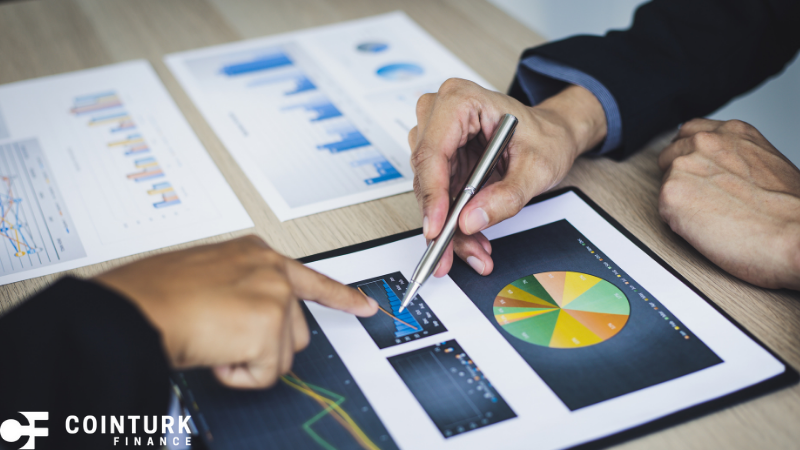With Black Friday approaching, consumer sentiments are improving, indicating a potential shift in economic outlook. However, rising consumer confidence doesn’t necessarily imply increased spending in the upcoming holiday season. Despite the positive sentiment, shoppers remain cautious, with many prioritizing financial stability over impulsive buying. This careful approach towards spending highlights the ongoing concerns about economic uncertainties and inflation, which continue to shape consumer decisions.
When comparing this current data with past trends, consumer confidence has notably increased compared to previous months, as reflected in recent reports. Earlier in the year, there was a more significant concern about job availability and economic downturns. However, the present situation shows a glimmer of optimism among consumers. Although this optimism exists, it is tempered by a prudent approach to spending, reflecting ongoing economic challenges.
How Are Consumer Expectations Shifting?
The Consumer Confidence Index, released by The Conference Board, recorded an increase to 111.7 in November, marking its peak in two years. This increase comes after a rise of over two points from October’s figures. Meanwhile, the Expectations Index showed a slight month-over-month increase, landing at 92.3. Notably, a score below 80 usually serves as a recession warning, thus the rise is a positive indicator.
Will Higher Confidence Lead to Increased Spending?
Although consumers are feeling more confident, this doesn’t translate straightforwardly to higher spending. The survey reveals that purchasing plans are marked by uncertainty, with a noticeable hesitation in committing to significant expenses during the holiday season. A substantial portion of respondents remain uncertain about their future purchases, particularly in categories like appliances and electronics.
“More consumers expressed uncertainty about future purchases. Consumer buying plans for most appliances and electronics were down. Regarding services, consumers’ priorities were little changed, but they planned to spend a bit less in most categories going forward, except for travel and healthcare.”
This sentiment echoes the findings from the PYMNTS Intelligence report, which highlighted that many consumers intend to maintain or reduce their spending compared to the previous year.
This restrained approach reflects broader concerns over inflation and financial stability as consumers look ahead to 2025. Many households are focused on bolstering their savings and managing debt, with inflation remaining a key concern across various demographic groups. Despite the uptick in confidence, these economic pressures continue to play a significant role in shaping consumer behaviors.
The current economic landscape is one of cautious optimism. While consumer confidence is showing signs of recovery, spending plans remain uncertain, reflecting ongoing economic challenges. This duality suggests that while consumers may be feeling more positive, their actions remain guided by a need for financial prudence. Understanding these dynamics is crucial for businesses and policymakers aiming to navigate the complexities of the current economic climate.









